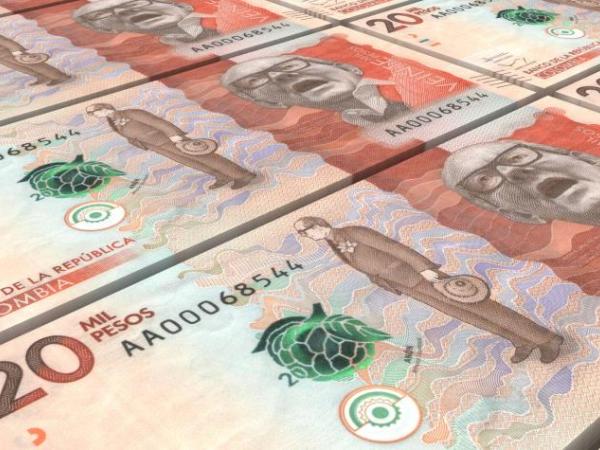At the end of July, the Banco de la República recorded losses of $1.3 trillion, a figure that contrasts with the earnings of $799,030 million got a year ago.
However, the result for the seventh month of this year is $1 trillion less than the one recorded by the central bank in April, when the negative balance reached $2.3 trillion.
(Read: Weak finances and high trade deficit, country’s challenges).
It must be remembered that within the functions of the Banco de la República is not that of generating profits per se, but it is telling that in the framework of a devaluation in paper portfolios, as a result of increases in interest rates worldwide and local there is a decrease in losses.
According to the figures reported by the Issuer, in July of this year revenues reached $2.45 trillion, while a year ago the amount of that indicator was $1.75 trillion, which shows a 40% increase between the two periods.
On the other hand, the expenditures registered by the Colombian central bank reached $3.77 billion, a strong difference with what was registered a year ago, when these were $957,436 million, which shows that the growth until the third month of 2021 compared to the same month of 2022 of 294%.
For its part, the assets of the Colombian central bank, according to the figures presented by the Issuer with a cutoff date of July, was $114.49 billioncompared to $108.35 billion, which represents an increase of 5.5%.
(Keep reading: Corficolombiana cut forecast on economic growth).
Bank of the Republic
Time
It should be noted that at the end of 2021 the Banco de la República closed with a profit of $632,000 million, a lower result compared to 2020, when profits amounted to $7.48 billion.
Based on the legal framework of the Banco de la República, the remainder of the profits, when obtained, once the net investment in goods for cultural activity and appropriate statutory reserveswill belong to the Nation.
Analysts indicate that the international reserves, which are the Bank’s most important source of income, generated losses due to the rise in interest rates around the world, as this causes safe investments to be devalued and liquid assets that the issuer has with its international reserves.
It should be noted that apart from controlling inflation as a mechanism to protect the purchasing power of the country and its citizens, the Issuer also has among its functions that of managing Colombia’s international reserves, as well as maintain exchange stability.
(Also: Colombia is preparing to grow at rates close to 7% this year: Itaú).
This, apart from other types of technical and operational financial functions, the production of coins and banknotes, as well as its work to promote culture, among others.
With the drop in interest rates, a phenomenon that occurred in 2020 as a countercyclical measure due to the effect that the pandemic had on the world economy, the prices of securities rose, leading to a strong appreciation of the asset and therefore a great utility was generated, totally atypical or rather of conjunctural type.
This was considered by Edgar Jiménez, from the Financial Laboratory of the Jorge Tadeo Lozano University, who added that in to the extent that rates continue to rise, portfolio devaluation will be seen, albeit less intense.
BRIEFCASE

















